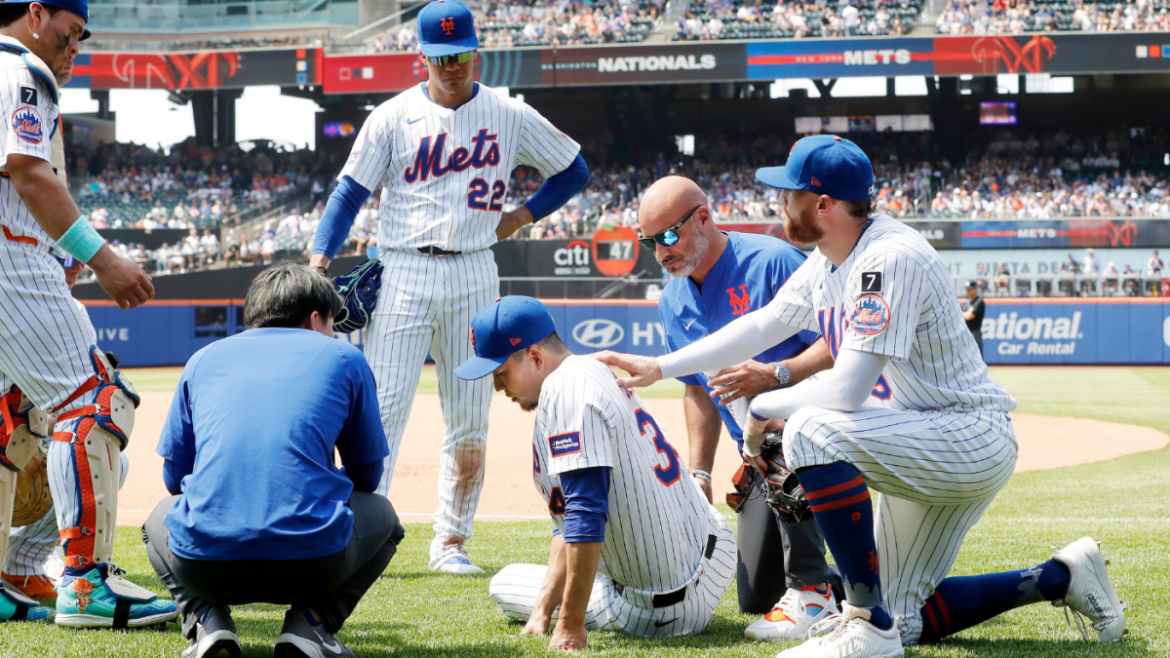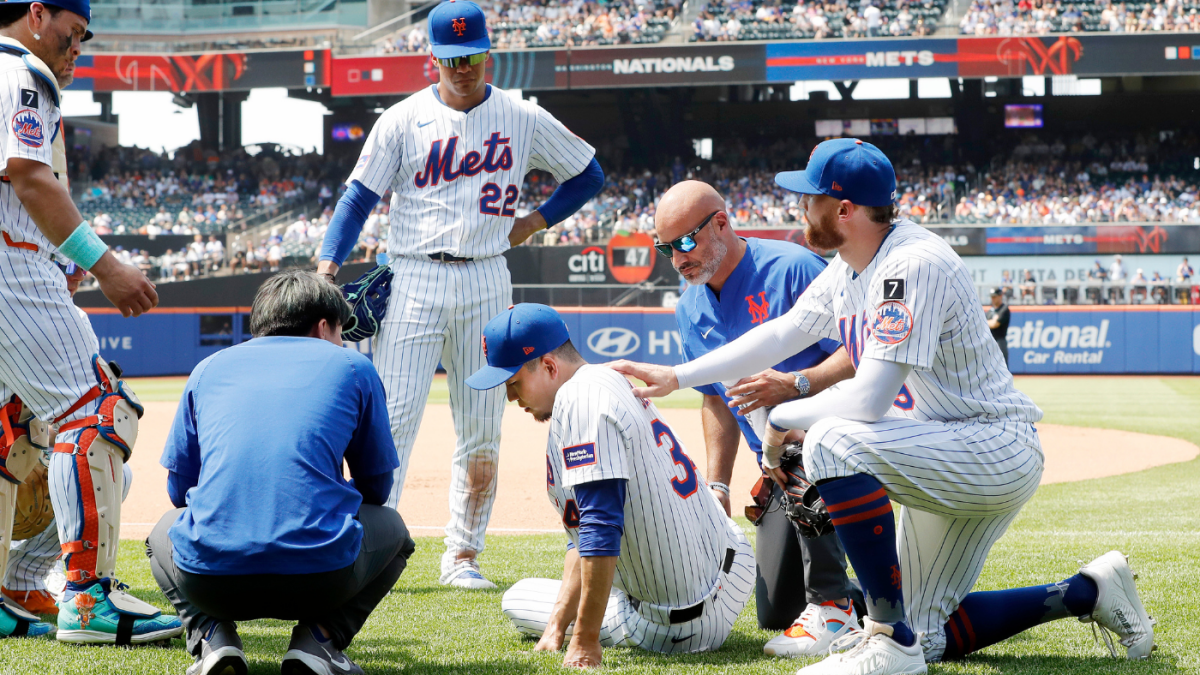Kodai Senga’s Injury: Impact, Context, and Outlook for the New York Mets
The recent news of New York Mets ace Kodai Senga landing on the injured list (IL) due to a hamstring strain marks a significant development for the team and its pitching rotation. This injury occurred during a Thursday game against the Washington Nationals, when Senga made a leaping catch at first base, subsequently crumpling to the grass and signaling immediate leg discomfort. Understanding the circumstances, severity, and implications of this injury requires an in-depth analysis of the event, Senga’s health history, his role in the Mets’ rotation, and the potential fallout for the team’s season trajectory.
The Incident and Immediate Aftermath
During the sixth inning of a dominant performance against the Nationals, Kodai Senga was tasked with covering first base on a ground ball by CJ Abrams. Demonstrating athleticism and commitment, Senga made a leaping grab of a high throw from Pete Alonso to secure the out. Unfortunately, the effort resulted in an apparent right hamstring strain, forcing him to exit the game after throwing 5⅔ scoreless innings, allowing only one hit and one walk. Mets manager Carlos Mendoza promptly announced after the game that Senga would be placed on the injured list and would undergo an MRI the following day to assess the injury’s severity.
Senga’s abrupt exit highlighted the fragility of an otherwise stellar performance and raised immediate concerns about the health of one of the Mets’ top pitchers. Given the hamstring strain happened during defensive play rather than pitching itself, it underscores the risks pitchers undertake when participating actively in fielding.
Kodai Senga’s Role and Previous Injury Context
Kodai Senga, 32, has established himself as the Mets’ ace, anchoring their pitching staff with consistency and dominant outings. His performance before the injury included a 7-3 record with multiple scoreless innings, reflecting reliability and skill.
However, Senga’s injury history includes notable concerns. He suffered a right shoulder capsule strain prior to this season, which caused him to miss the start of the year and required an extended stay on the injured list. The combination of shoulder and now lower-body injuries could complicate his rehabilitation timeline and overall performance capacity.
The current hamstring strain occurred just as Senga was gaining momentum in the season, intensifying worries about the Mets’ rotation depth and postseason prospects. The strain’s grade, to be determined by MRI, will dictate the length of his absence, with early speculation suggesting a multi-week IL stint.
The Implications for the Mets
Losing an ace pitcher such as Senga to injury inevitably impacts the Mets’ pitching rotation, game planning, and competitive edge. Senga’s ability to consistently pitch deep into games reduces bullpen strain and enhances winning probabilities. Without him, the Mets will need to rely on secondary starters or prospects, which can introduce variability and potential vulnerability.
Moreover, the injury highlights the integral role of athletic versatility among pitchers—while fielding at first base demonstrated commendable hustle and team effort, it also exposed Senga to injury risk outside of pitching. The Mets coaching staff might consider adjusting defensive responsibilities for pitchers to mitigate such risks.
On a broader scale, Senga’s injury accentuates the Mets’ recurring battle with injuries to key players, posing questions about durability and conditioning protocols within the organization.
The Road to Recovery and Future Outlook
The medical pathway following Senga’s hamstring strain involves detailed imaging, rest, physical therapy, and gradual return-to-play protocols. Hamstring strains vary widely in severity:
– Grade 1 (mild) strains may require 1-3 weeks of recovery.
– Grade 2 (moderate) strains might result in 4-6 weeks out.
– Grade 3 (severe) strains could necessitate longer rehabilitation, possibly impacting the entire season.
Given that the Mets swiftly placed Senga on the IL and arranged for an MRI, they are taking a cautious approach to his recovery. Reports indicate that similar strains have sidelined players for several weeks, suggesting Senga might miss a substantial portion of regular-season games.
Senga himself has reportedly remained optimistic about his recovery timeline, yet prudence is necessary to avoid setbacks. The Mets will likely monitor his rehab closely, balancing the urgency of his return with long-term health considerations.
Conclusion: A Critical Moment for Mets’ Fortunes
Kodai Senga’s hamstring injury introduces a challenging chapter for both the player and the New York Mets organization. His status as an ace pitcher, combined with prior injury concerns, elevates the stakes of this setback. The team’s ability to adapt—both in filling the rotation gap and managing player health protocols—will be vital in sustaining competitive success.
This injury also serves as a reminder of the unpredictable nature of baseball, where moments of brilliance, such as Senga’s leaping defensive play, can abruptly turn into adversity. How the Mets navigate this disruption, through strategic roster management, player support, and medical prudence, will shape their trajectory for the remainder of the season.
In sum, while the hamstring strain threatens to sideline Senga temporarily, the combination of advanced medical care and the pitcher’s professional resilience offers hope for a strong comeback. The Mets’ response to this challenge will be a defining feature of their 2025 campaign.





